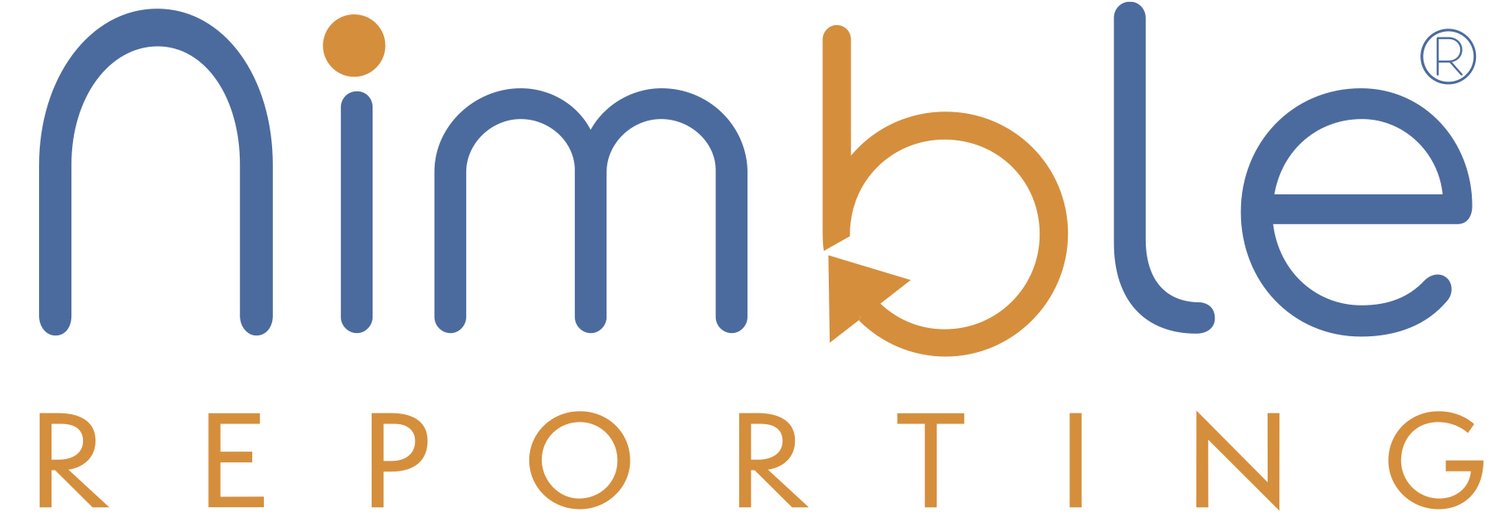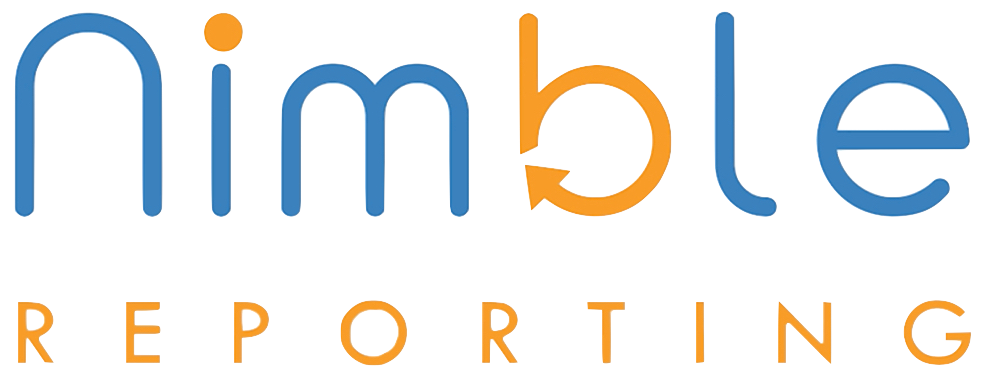What CHROs need to know about payroll tech in 2023
Big changes are coming to payroll Chief Human Resources Officers need to be aware. Complacency is the enemy of managing the lifeblood of any organization—it’s people so get ready. This analysis outlines exactly what to expect and how to react.
FROM UNLEASH / BY CALLUM BOOTH
Payroll is the glue that binds the globe. Historically, it performed silently, with people outside of HR and Finance only actually noticing when the system didn’t work. But times have changed.
The tumultuous last few years — from the normalization of remote working and increased corporate digitization, to potential recessions and the cost-of-living crisis — have fundamentally changed how people view their professions and finances, and payroll isn’t immune from this.
The sector is under increased pressure to modernize, but, thankfully, tech is more than up to the task.
For chief human resources officers (CHROs) it can be tough to separate the wheat from the chaff in this field, but here at UNLEASH we’re here to help. We spoke to a variety of experts about the trends shaping payroll tech in 2023 and what CHROs need to know about it. Here are the four main takeaways.
Employee expectation will speed up adoption
Payroll hasn’t kept pace with consumer finance — and it needs to start playing catch-up, fast.
According to SAP Concur’s recent report, over half (56%) of UK employees worry about the impact of delayed expense reimbursements have on their personal finances. As the cost-of-living crisis continues to squeeze employees, they’ll demand more accountability from HR, as well as a payroll experience that echoes the service they get from their personal banking apps.
“It’s clear that the evolving economic situation is putting expense management issues in the spotlight,” Matt Clementson, head of enterprise at SAP Concur, tells UNLEASH.
He believes that employees in 2023 are particularly concerned about how “existing processes can support their new needs,” and CHROs need “to implement new technologies such as AI and automation tools to help administer expense management.”
Tom Price-Daniel — vice president of strategy at Teamed, a provider of employment software — concurs.
He thinks that payroll tech in 2023 will usher in a shift of CHROs “treating employees as customers.” Continuing, Price-Daniel tells UNLEASH that “financial wellbeing is critically linked to workplace wellbeing,” and that this year we’ll witness “data visualization features first seen in consumer fintech [trickling] into payroll technology.”
This is something that John Pearce — SVP of global operations at CloudPay, a provider of payroll technology and services — also notices. He tells UNLEASH that a focus on employee experience is “a priority for global organizations” and CHROs this year, pointing out that this will be achieved through increased “flexibility with Pay On-Demand services and using faster, more reliable payment rails.”
To put it another way, the gap between legacy payroll systems and consumer finance has widened so much that a key driver for CHROs in 2023 will be narrowing this distance with new tech, helping to keep employees happier and more secure in their finances.
Payroll tech will continue to free up HR — and make it more productive
While general employees will demand more from payroll tech 2023, the same is also true of HR professionals — although for different reasons.
“A significant portion of payroll teams worldwide are still predominantly using analogue tools (i.e. pen, paper and spreadsheets) to calculate their payrolls,” Richard McBride, CEO of Certino, provider of a shadow payroll platform, notes. “This is an extremely time-consuming process that the use of technology offers a potential solution to.”
If — according to McBride — these long, arduous tasks are removed from the plates of payroll professionals it allows them “to focus on the tasks that energize them and they are passionate about.” A clear win for CHROs.
The adoption of modern payroll tech doesn’t just improve HR employees’ experience though; it can also improve their work.
Because payroll professionals can now access these systems from anywhere, they are “transformative in improving flexibility in payroll recruitment and hugely beneficial for employers in attracting the best talent, regardless of location,” Neil Manuel, payroll manager at Monahans, a chartered accountants, tells UNLEASH.
On top of this, the technology eradicates some “manual [processes] and [makes] it more streamlined.” This can not only “save time, but also reduce the risk of human error” — something that should be “embraced by CHROs.”
These productivity and process improvements aren’t necessarily new, but the state of payroll tech in 2023 makes them easier to achieve than ever before — and CHROs should not sleep on these benefits.
Payroll tech will get properly global in 2023
Another change impacting payroll tech this year is the shift to truly worldwide solutions that can support and aid a remote workforce.
“Over the last few years many companies have attempted to develop a global payroll system, but in reality they are just stitching together a system using a patchwork of third-party payroll providers in each country,” says Christine Maxwell, VP of people at Rippling, a workforce management platform.
In reality, these systems are simply “payroll aggregators” that take data and send it to “third-party firms in each country.” This, Maxwell continued, leads to a whole host of issues, “including delays and errors.”
In 2023, she believes this will change. This year, CHROs will be able to “adopt a truly native global payroll system.” One that “works like the very best local payroll systems, but also seamlessly includes employees in other countries as well.”
But compliance will drive more outsourcing — especially for smaller businesses
While payroll tech will make certain aspects of professionals’ work easier, the increase in rules and regulations around wages and payments are complicating life for many in the sector.
“2023 is going to be the year of compliance,” McBride, the CEO of Cetino, tells UNLEASH. “As assignments become increasingly varied and assignees look for increased flexibility, global payroll has become more complex for businesses to manage.”
This will cause a “significant shift,” which will see businesses migrate towards “fully managed payroll services, rather than the standard outsourced model.” McBride believes this means payroll technology providers will begin offering a “full suite of services,” instead of just management.
Lauren Monks, group operations director at Dolan Accountancy, believes this will impact SMEs particularly hard. “Going into 2023 we have seen a rise in smaller businesses outsourcing their payroll due to an increased compliance need as well as the cost implications of having internal payroll in an already difficult financial time.”
This won’t mean that everyone will be outsourcing payroll though.
Manuel — payroll manager at Monahans — pointed out that much payroll tech “offers capabilities such as fully automatic enrolment functionality, supports all RTI submissions, and ensures compliance with GDPR,” alleviating the burden for HR professionals.
Payroll technology in 2023 will be shaped by an intriguing blend of old trends, such as productivity increases, and new pressures, like fresh regulations. All this puts CHROs in a tough position. They must decide whether to outsource payroll operations to deal with the increasing complexity of compliance, or invest in new tools that can help manage this change.
One thing is for certain though: the time for inaction is over. The dust has settled after several years of rapid change — and payroll needs to catch up.


